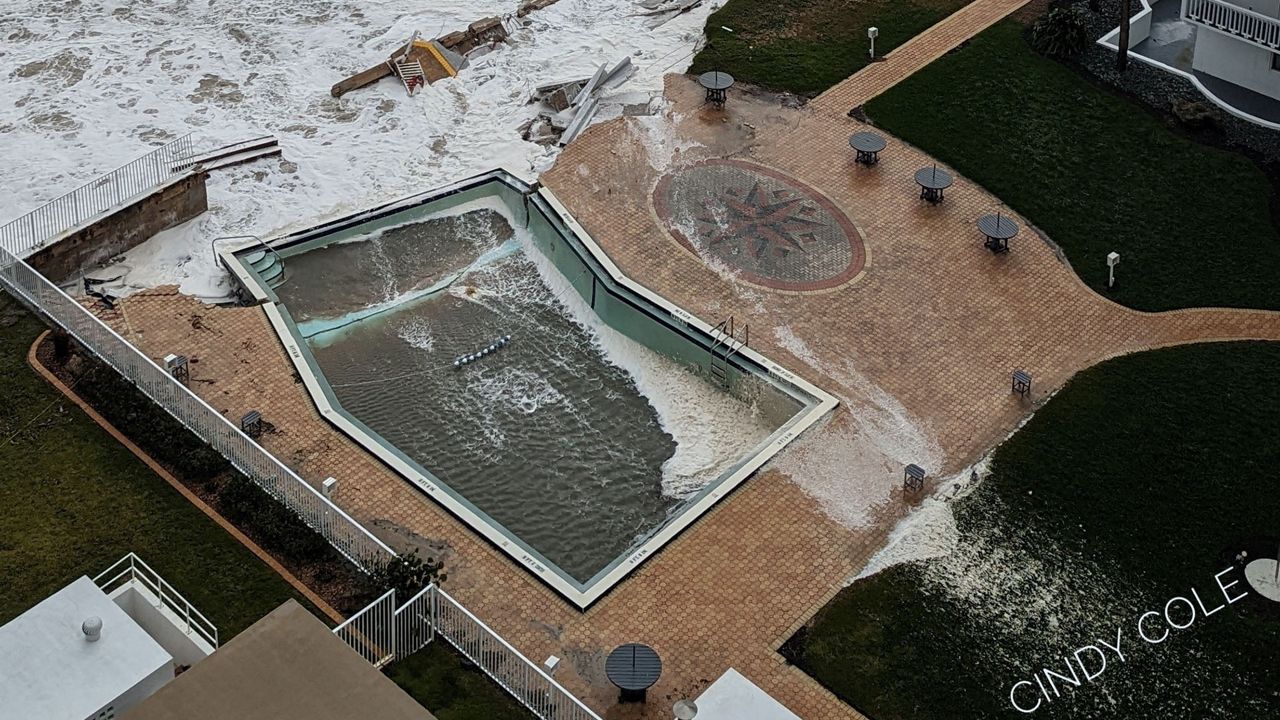When you think of tropical storms and hurricanes, you often think about the wind. The wind is the first metric often shared by meteorologists when talking about a tropical cyclone.
However, while the winds are dangerous, most people are often killed by the water associated with tropical storms and hurricanes.
Nearly half of all deaths associated with tropical storms and hurricanes are from storm surge. More than a quarter are associated with rainfall, while less than 10% of all deaths are associated with the wind.
Storm surge is when wind from a tropical system pushes the water higher than the regular tide onto land. This can lead to inland flooding, which is what kills the most people during a tropical event.
Recent studies have also found that the deadliest events were not associated with the strongest of tropical cyclones. A majority of the deadliest events happened with tropical storms or weaker hurricanes based on wind speeds.
Therefore, it is always important to understand all the risks that come with tropical systems during hurricane season, regardless of whether it is a tropical storm or a Category 5 hurricane.
The best thing you can do to stay safe from hazards, such as storm surge and flooding, is to know if your property is in a storm surge zone, evacuation zone or flood plain.
If you’re given evacuation orders because your area could be prone to flooding from storm surge, follow the evacuation orders. It is best to prepare well ahead of any potential tropical storm or hurricane.
Hurricane season runs from June 1 to Nov. 30.
Our team of meteorologists dives deep into the science of weather and breaks down timely weather data and information. To view more weather and climate stories, check out our weather blogs section.



